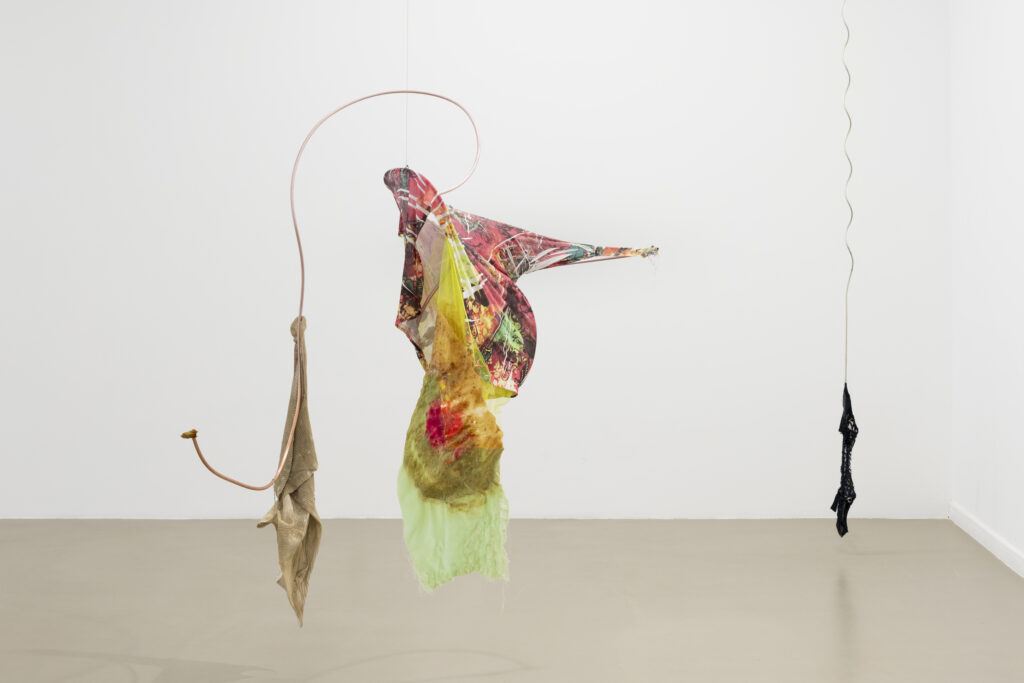
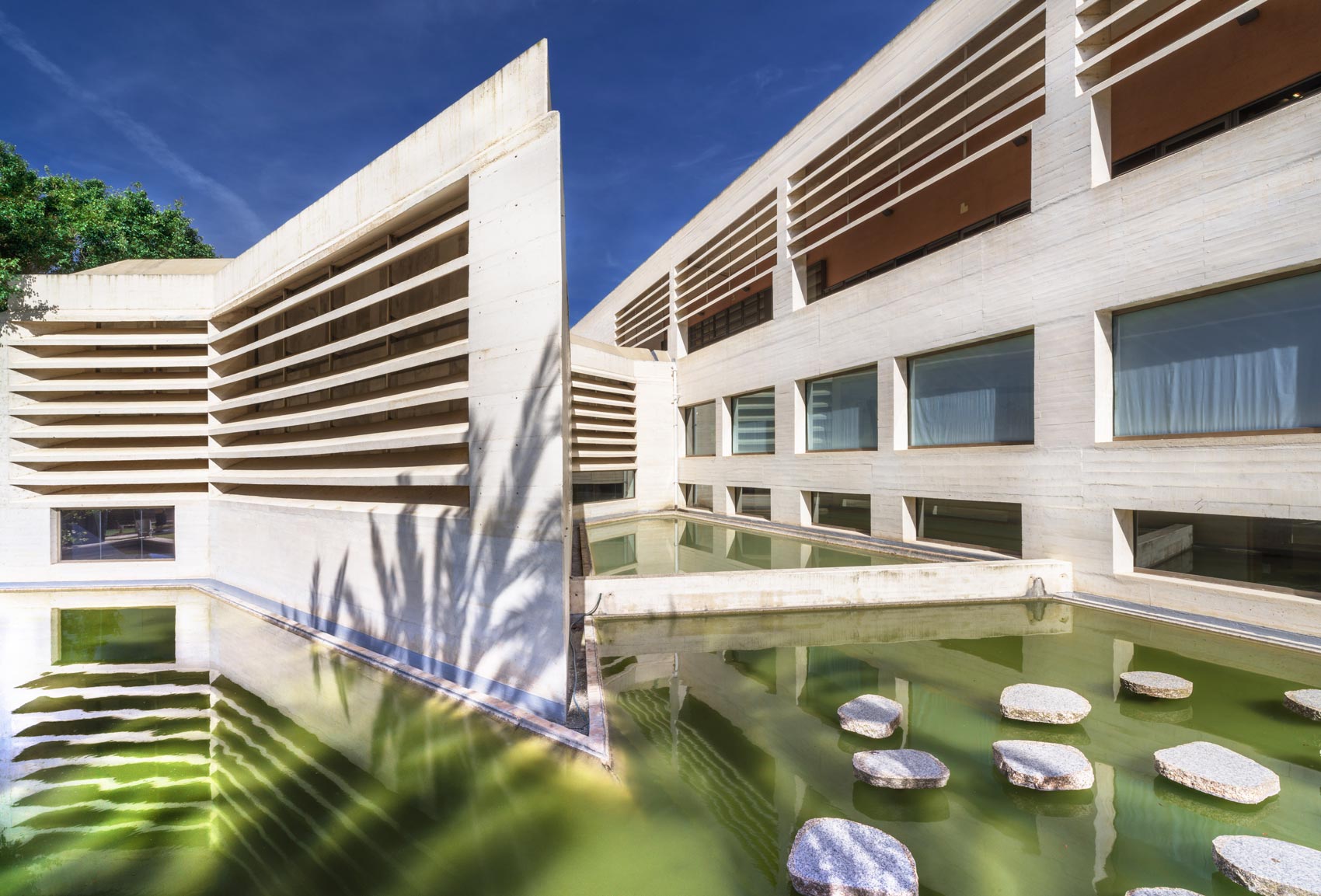
Moneo building
Espai Cúbic
L'edifici Moneo, seu actual de la Miró Mallorca Fundació, es va inaugurar el 1992. Projectat per l'arquitecte Rafael Moneo és el resultat de la donació de Pilar Juncosa, vídua de Miró, a la Ciutat de Palma.
-
Exhibition space
- Espai Cúbic
-
Dates
- 9 April — 31 August 2025
-
Inauguration
- 9 April 2025
- 19:00
Rosa Tharrats. “Refugia”
For Rosa Tharrats, all objects, regardless of their material composition or whether they are natural or artificial, possess a specific subjectivity and can establish an organic relationship with us.
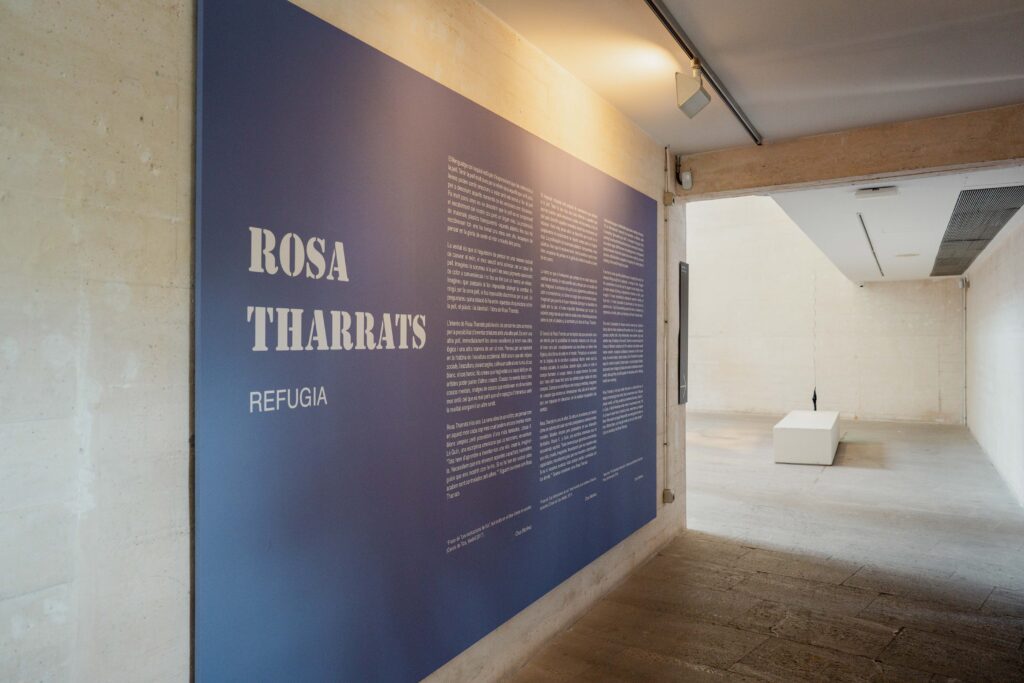


Rosa Tharrats often creates through the interaction between the mineral, vegetal, and artificial realms. Her recurring themes include transformation, symbiosis, process, compilation, the union of microscopic and macroscopic life, the visible and the invisible, and the search for a delicate balance between materials, as well as contrasts.
Her material archive, always in process and study, comes from the compilation and gathering of fabrics, both old and new garments, and other found objects. Her primary goal is to establish sensory narratives with layers of different meanings through art and fashion.
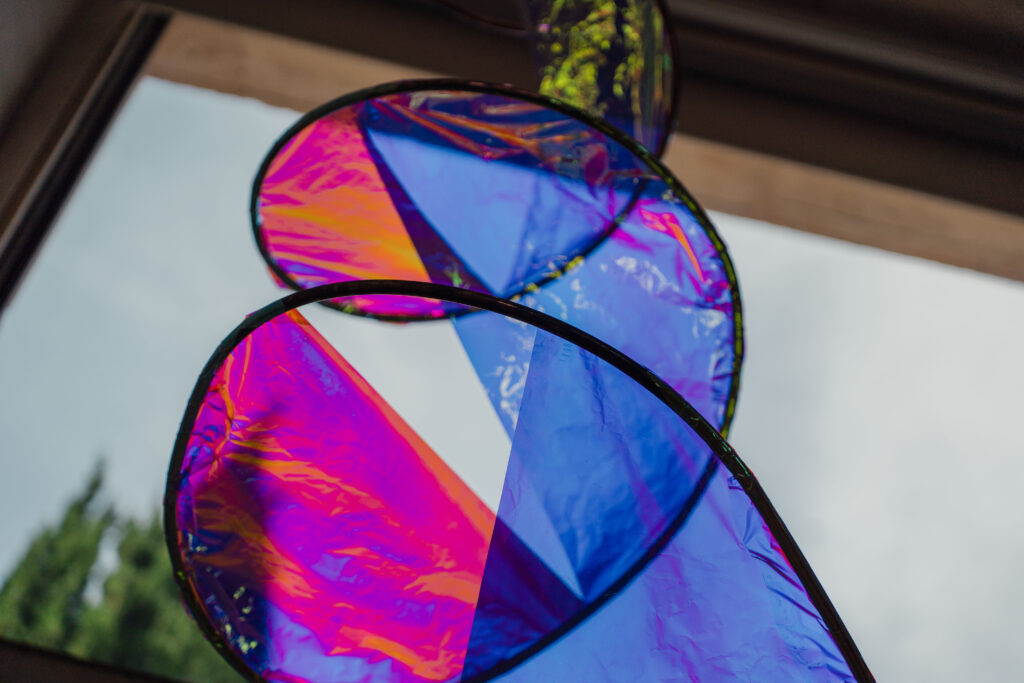
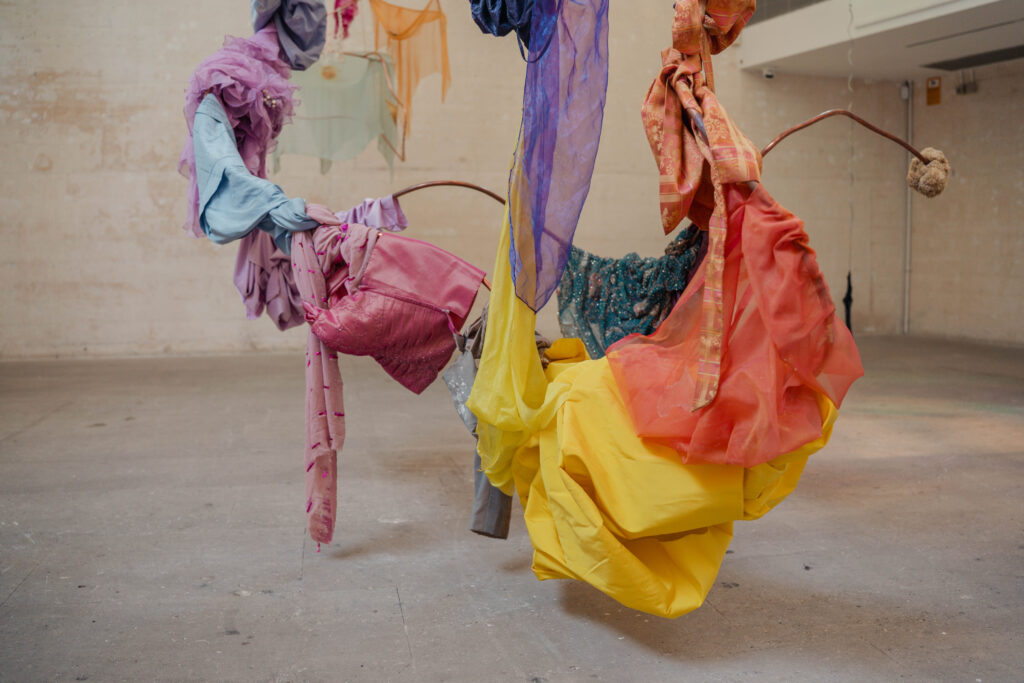

Text by Chus Martínez
Colloquial language is riddled with expressions relating to the skin. “To be thick-skinned” means to be insensitive to criticism, while if something “gets under your skin”, it manages to bug you. Very recently, it was found that the skin is not just a covering for our bodies, but another organ. With the ever-increasing amount of transparent plastic materials (those thin plastics that cover everything), we have become a little like them, incapable of imagining the sheer glory of drinking in the world through our pores.
If we had to come up with a drastic way of changing the world, the simplest thing would be to advocate a change of skin. Imagine the astonishment if our skin and its pigment could change colour at whim instead of being a characteristic inherited on birth. Just imagine if it were impossible to distinguish anyone’s identity by their skin, if it were impossible to discriminate by the colour of a person’s skin. You’ll be wondering what link there is between my digressions on skin, plastic and identity and Rosa Tharrats‘ work.
The artist’s fascination for tissues must be seen as an interest in being able to invent creatures with another skin. If her sculptures possess another skin, they immediately have another logic and another way of relating to the world. Think for a moment about the history of Western sculptural art. For centuries–long before social media existed–, sculptures cultivated a reverence for the human body, for white bodies, heroic bodies. Don’t think that it has been easy for artists to speak of other bodies: not just physical bodies, but mental ones; images of bodies that exist in dimensions beyond reality although they are still capable of interacting with it, infusing it with new meaning.
Rosa Tharrats is one such artist. Her work is a bid to find out, in today’s increasingly cruel world, how to invent new ones. They are simple worlds, yet they possess an element of fantasy. Ursula k. Le Guin, a North-American writer whom I recommend, wrote: “All of us have to learn how to invent our lives, make them up, imagine them. We need to be taught these skills; we need guides to show us how. Without them, our lives get made up for us by other people.”[1] Let’s be inventors, like Rosa Tharrats.
[1] Taken from “The Operating Instructions” in Words are My Matter (Small Beer Press, Northampton, 2016)






